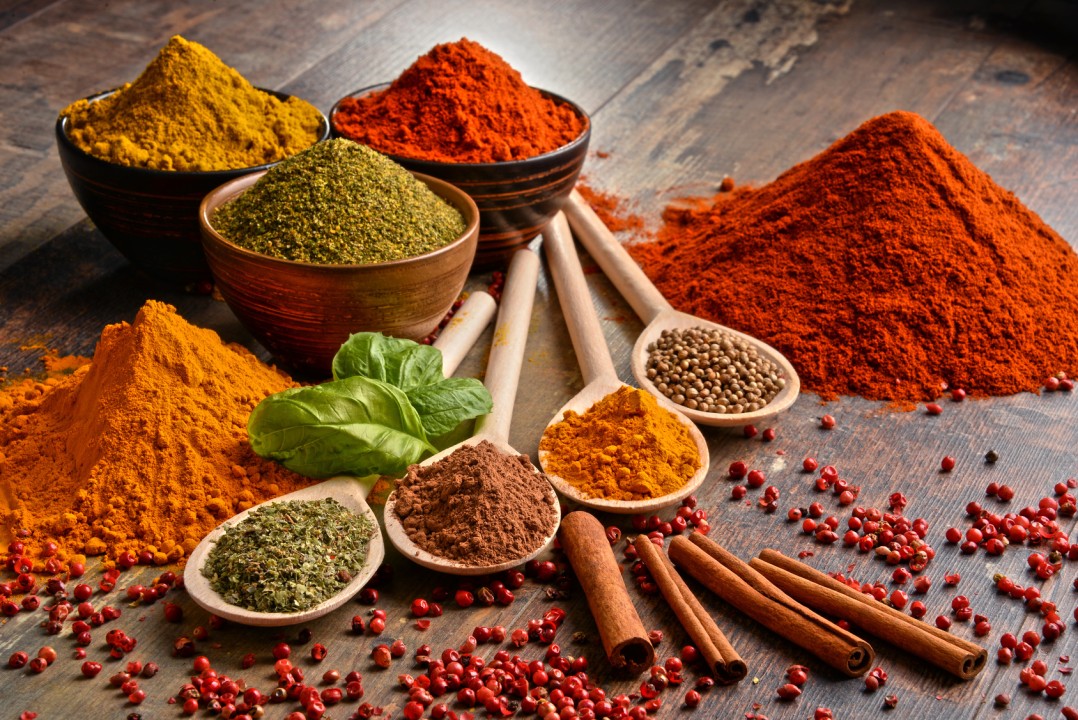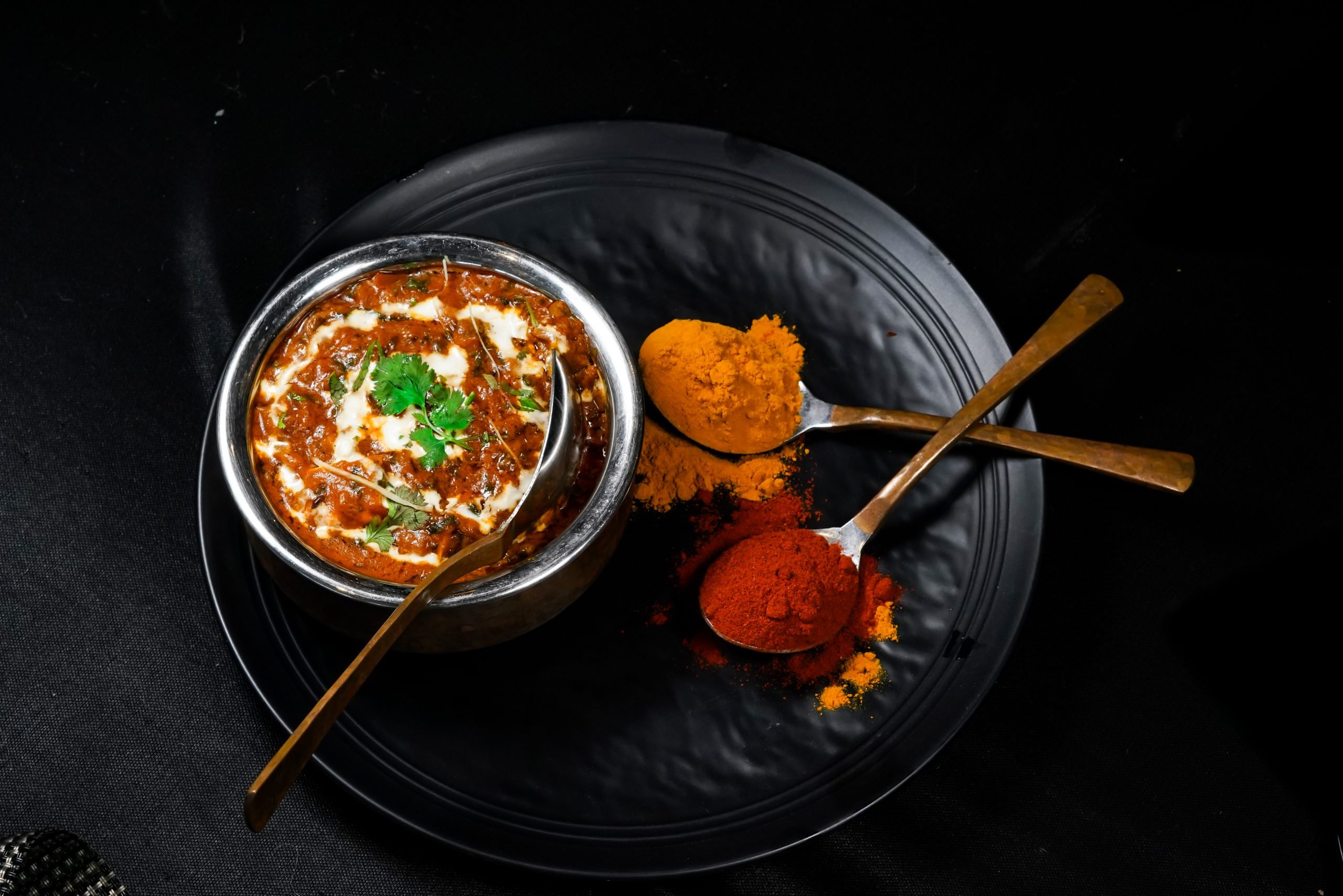Blog
Which country eats most masala?

Spices are an integral part of cuisines worldwide, adding depth, flavor, and character to dishes that represent diverse cultures and traditions. One spice blend that has gained international popularity and recognition is masala. Known for its rich, aromatic flavors, masala has a significant presence in various global cuisines. In this article, we will explore which country consumes the most masala and how this spice blend has made its way around the world.
Masala: A Multifaceted Spice Blend
Masala is a versatile spice blend originating from the Indian subcontinent. The word “masala” translates to “spice mix” in Hindi, and it encompasses a wide range of spice blends used in Indian cooking. These blends can vary greatly in flavor, composition, and intended use, depending on the region and local preferences.
The key components of masala typically include a combination of spices like cardamom, cinnamon, cloves, cumin, coriander, and chili peppers, among others. The balance of these spices can create a spectrum of flavors, from mild and aromatic to fiery and intense. As a result, masala finds its way into a myriad of dishes, such as curries, biryanis, and marinades, serving as a foundation for many Indian recipes.
India: The Cradle of Masala
Unsurprisingly, India is the country where masala has the most significant influence on culinary traditions. Indian cuisine is known for its intricate use of spices and seasonings, and masala is a cornerstone of this vibrant culinary heritage. Every region of India boasts its unique masala blends, showcasing the country’s culinary diversity.
In Northern India, for example, garam masala, a warming spice mix featuring cinnamon, cloves, and cardamom, is widely used in savory dishes, while in South India, you’ll find sambar masala, a blend used in lentil-based stews. The coastal regions of India often feature seafood masalas, combining aromatic spices with coconut and tamarind.
Beyond India: The Global Spread of Masala
The appeal of masala doesn’t stop at the Indian subcontinent. Over the years, masala’s popularity has spread far and wide, transcending borders and becoming a global sensation. Here’s a look at some countries and regions where masala has found a significant place on the dining table:
- United Kingdom: The British curry culture has embraced masala wholeheartedly, giving rise to the beloved “Chicken Tikka Masala,” which is now considered a national dish.
- United States: Masala blends have become a staple in many American households, with the growth of Indian and South Asian restaurants contributing to its mainstream acceptance.
- Middle East: Masala’s aromatic qualities have made it a popular addition to Middle Eastern cuisines, where it’s used to season dishes like kebabs, rice, and grilled meats.
- Southeast Asia: In countries like Malaysia and Singapore, masala influences dishes such as “Nasi Briyani” and “Roti Canai,” showcasing the spice blend’s adaptability.
- Africa: In East African countries like Kenya and Tanzania, “Pilau” dishes incorporate masala, reflecting historical trade connections with India.
- United Kingdom: The Love Affair with Masala
In the United Kingdom, masala has become synonymous with British cuisine, thanks to the booming popularity of Indian restaurants and takeaways. One iconic dish that encapsulates the British love for masala is “Chicken Tikka Masala.” This creamy, tomato-based curry has won the hearts and taste buds of countless Britons and is often considered the country’s unofficial national dish. The marriage of tender, marinated chicken pieces with a rich masala sauce has become a culinary sensation that epitomizes the fusion of Indian and British flavors.
United States: Masala in the American Melting Pot
In the United States, masala blends have found their way into diverse American kitchens. The growth of Indian and South Asian communities has played a significant role in popularizing masala spices. Beyond Indian restaurants, you’ll find masala used in a wide range of dishes, from homemade curries to spice-rubbed meats for grilling. The aromatic allure of masala has made it a favorite among those seeking to experiment with global flavors in their cooking.
Middle East: Masala’s Aromatic Appeal
The Middle East, known for its rich culinary traditions, has warmly embraced masala. In countries like the United Arab Emirates and Saudi Arabia, you’ll find masala seasonings enhancing dishes like shawarma, kebabs, and rice preparations. The aromatic spices in masala blends complement Middle Eastern flavors beautifully, creating a delightful fusion of tastes.
Southeast Asia: Masala’s Adaptability
In Southeast Asia, particularly in Malaysia and Singapore, masala has integrated seamlessly into local cuisine. Dishes like “Nasi Briyani” (spiced rice with meat) and “Roti Canai” (flaky, pan-fried bread) showcase the spice blend’s versatility. Masala has become an integral part of the region’s culinary landscape, offering a unique twist to traditional Southeast Asian flavors.
Africa: Historical Connections with Masala
East African countries like Kenya, Tanzania, and Uganda have historical trade connections with India, and as a result, masala has left a lasting impact on their cuisines. “Pilau” dishes, which feature fragrant rice cooked with masala spices, are popular across the region. The incorporation of masala reflects the shared history and cultural exchange between India and East Africa.
A Spice That Knows No Borders
Masala, with its rich history and complex blend of spices, has transcended its Indian origins to become a global culinary phenomenon. While India remains the heart of masala consumption, its versatility and adaptability have allowed it to find a home in kitchens worldwide. The world’s love for masala is a testament to the power of spices to bring people together and create a shared appreciation for the rich tapestry of global flavors. So, the next time you savor a masala-infused dish, remember that you’re partaking in a culinary tradition that knows no borders and unites food lovers from all corners of the globe.
Masala, a spice blend originating from India, has established its presence worldwide, transcending geographical boundaries and becoming an integral part of various global cuisines. While India remains the heart and soul of masala consumption, its appeal has spread far and wide, enriching the culinary traditions of countless countries.
Whether you’re savoring a spicy curry in London, enjoying a flavorful biryani in Kuala Lumpur, or relishing a fragrant rice dish in Zanzibar, masala continues to be a unifying ingredient that bridges cultures and brings people together over a shared love for delicious, aromatic food. So, when it comes to which country consumes the most masala, the answer is a resounding “the world.



